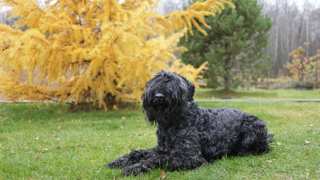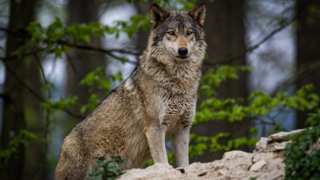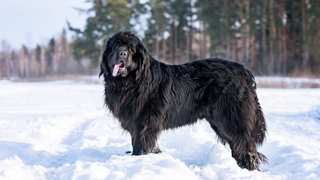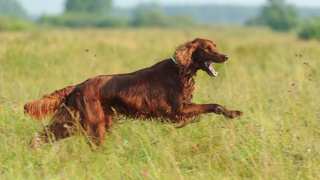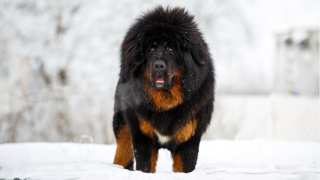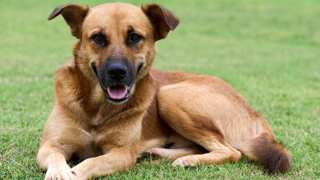With its enormous size, the Caucasian Shepherd diet is equally huge--so breed owners will need to carefully consider what they feed their CSDs, and how much of it they allow the dogs to eat. Like that of all breeds, Caucasian Shepherd Dog food will need to contain animal proteins and carbohydrates for energy, vitamins and minerals for digestive and immune health, and omega fatty acids for coat and skin wellness. This means the most sensible choice for this breed is premium dry food, particularly the kind made for extra-large breeds. This high-quality food, while more expensive and difficult to obtain, contains balanced portions of the above-listed ingredients your CSD will need to maintain its health in the long term. Cheap, generic dog food is not recommended for this breed, because it contains mostly empty "filler" ingredients that are harder to digest, and don't provide much-needed nutrients.
Royal Canin, Taste of the Wild, and Blue Buffalo are three recommended brands that carry excellent lines of premium dry food for giant breeds.
And as you can imagine, your CSD can eat an enormous amount of food. The typical adult CSD, depending on its size, age, and activity level, will need about five cups per day of premium dry food, divided into two meals. CSD puppies, again depending on age, will need a bit less: about 3½ cups per day, divided into three meals (not two) until six months of age.
For further info on feeding a Caucasian Shepherd Dog from puppyhood through maturity, refer to the following:
Caucasian Shepherd Dog Feeding ChartDog AgeDog WeightFood TypeAmountFrequency2 Months15 lbsDry (Puppy formula)0.5 cups3x/day3 Months30 lbsDry0.8 cups3x/day6 Months65 lbsDry1.25 cups3x/day9 Months95 lbsDry* (Puppy/Adult)2 cups2x/day12 Months125 lbsDry (Adult formula)2.25 cups2x/day14 Months+140 lbsDry2.5 cups2x/day*--Around this time, transition to adult food by first mixing in a bit of adult formula with the puppy formula. Over the course of a week, with each meal add a bit more adult food to the mixture, until the dog is eating it entirely.
It's especially important for CSD owners to try and stick to the above-listed portions. These dogs are pretty low-energy, and if constantly overfed (and under-exercised!) they will quickly become obese--and a fat Caucasian Shepherd will have major joint, digestive, and breathing problems, not to mention a potentially shortened lifespan. You can help control your CSD's weight by establishing consistent feeding and exercise schedules, by not feeding the dog table scraps, and by not leaving food in the dog's bowl all the time, thereby allowing it to eat anytime it wants. It's better to put your CSD's bowl down only at mealtimes--then pick it up a few minutes after the dog begins eating.
If you're worried your CSD is overweight, give the dog this simple test: run a hand along its side, and if you can't feel ribs beneath all that hair and skin, it's diet time. Reduce the dog's daily food consumption by one-fourth, and add an extra walk or play period to its daily exercise schedule.

